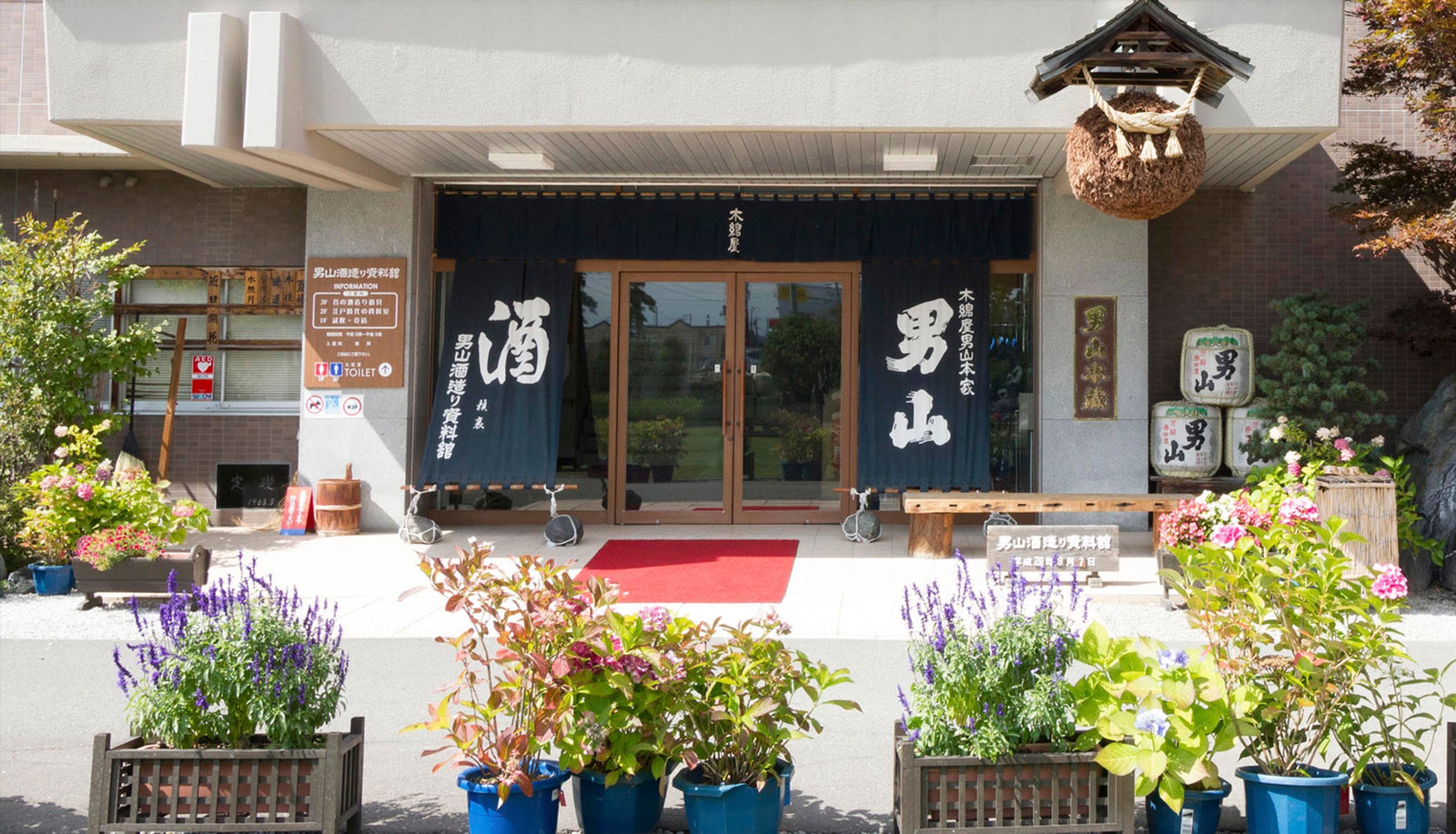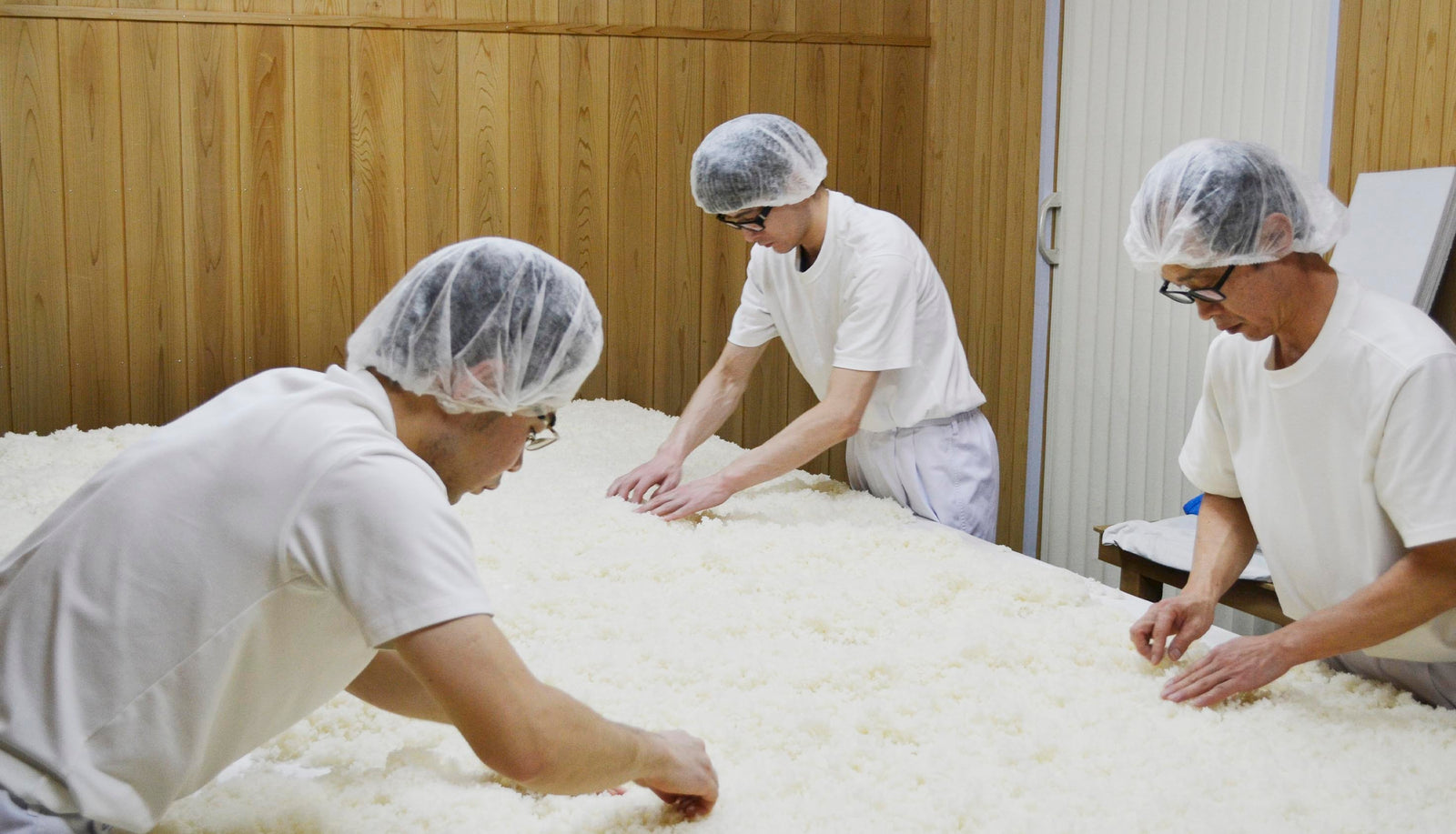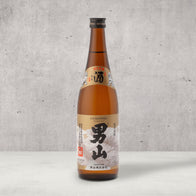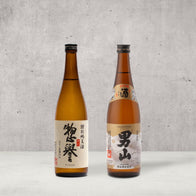
男山酒造
OTOKOYAMA BREWERY
BREWERY | 男山酒造
OTOKOYAMA BREWERY

Otokoyama's history goes back to the Edo period (1603-1867) where it was so prized that it was appointed as the official sake purveyor for the Edo-era shogunate and aristocrats. Synonymous with good sake, it was so well-known that it would get mentions (perhaps it was Edo period product placement) in pop culture of the times, from Kabuki theater shows to Ukiyo-e paintings (Japanese woodblock print). This long-acclaimed sake is brewed with underground water from the mountains of Hokkaido. Otokoyama Brewery has been awarded gold medals by international liquor competitions for 44 consecutive years.
Founded
1661
Employees
70
Flagship Product
TOKUBETSU JUNMAI
Location
HOKKAIDO PREFECTURE
The northernmost island of Japan's four main islands, Hokkaido is known for its great outdoors with natural hot springs, skiing resorts, and volcanos. It's also known for their delicious seafood, and of course, sake. Located in the center of the island is Asahikawa city, where Otokoyama is based. Asahikawa is a popular destination for its famous zoo and stunning winter festival.

HEAD BREWER - Toji
HIDEFUMI KITAMURA

Born in Hokkaido, Kitamura graduated Obihiro University of Agriculture and Veterinary Medicine in Hokkaido. He was appointed Toji in 2007. He is licensed as Sake Expert Evaluator and Sake Export Ambassador.
Recommendation
TOJI FAVORITE
Notable
Awards & Accolades
- 44th Consecutive Year of Gold Prizes in Overseas Spirit and Liqueur Contests
Shop
From this Brewery
Our Mission
AS A BREWERY THAT INHERITS THE OFFICIAL OTOKOYAMA, WE NEVER COMPROMISE ON QUALITY.
HIDEFUMI KITAMURI, OTOKOYAMA TOJI
Quality
Water and Rice
The group of volcanoes known as Daisetsuzan, located in Hokkaido, are some of Japan's most famous mountains. They are covered in snow year-round, and the water that melts off and flows down serves as a central ingredient in Otokoyama's sake. By making full use of the ultra-cold local climate, which is perfect for sake brewing, while carefully selecting sake-brewing rice and milling each grain just the right amount, we achieve a markedly dry sake with a light flavor and clean finish.
DAISETSUZAN VOLCANO WATER
YAMADANISHIKI RICE







